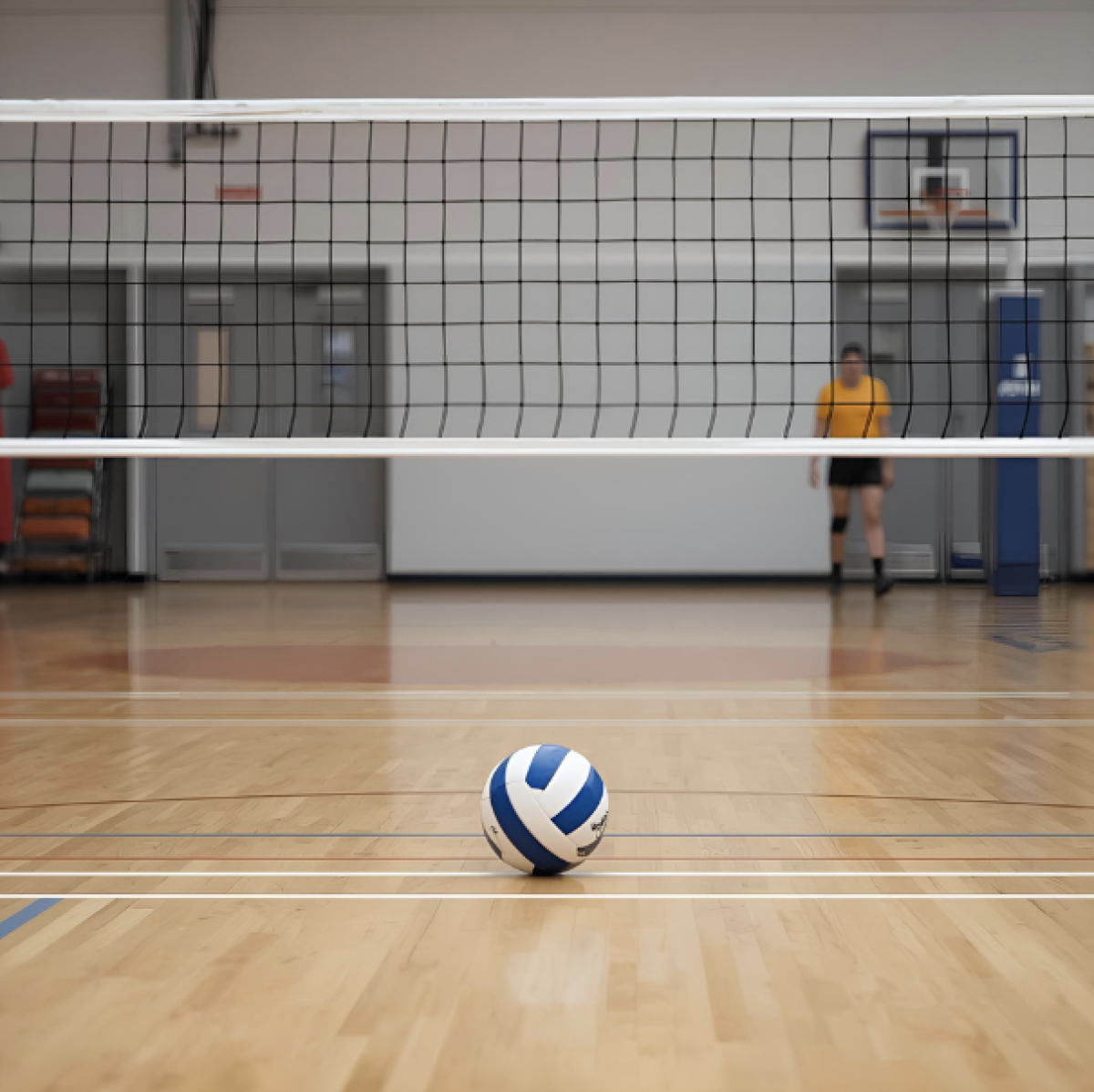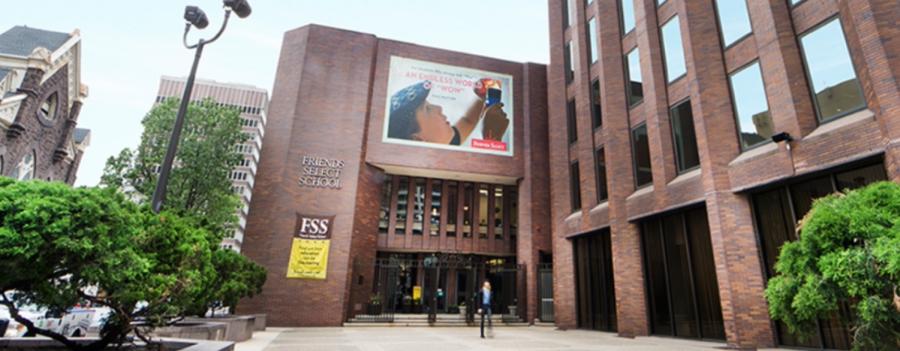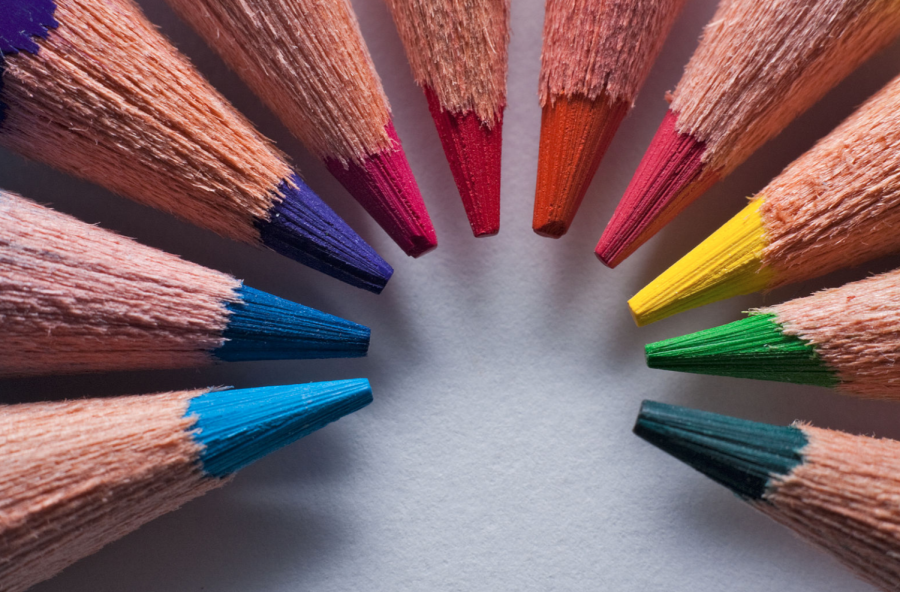Falcon Fact #7 – Colored Pencils and Erasers
Whether you are a color-inside-the-lines kind of person or not, you likely have some experience with using colored pencils. I myself am not a stick to the lines kind of artist. I err on the side of ‘creative freedom’ instead. But what is so frustrating about using colored pencils is that they are impossible to erase; I was determined to find out why.
Colored pencils are primarily made of two components, pigment and a binder, whereas pencils are just made of erasable graphite. The binder does not allow for erasing because the wax or oil that it is made of just smudges, rather than erases, when you rub an eraser on it. “The pigment of the pencils buries [itself] in the fine fibers of the paper while the wax or oil forms a covering above them,” explains Art New York.
However, for regular graphite pencils, erasers are a necessity for note taking and sketching. Erasers are made of a softener that makes the material flexible and an abrasive which scratches the surface to “loosen the graphite particles [while] the softeners in the eraser help to prevent the paper from tearing.”
The driving force that leads to the function of erasers is friction. When the abrasive scratches the paper and the graphite, “friction produces heat, which helps the rubber become sticky enough to hold onto the graphite particles.” The particles that are left behind on your paper are remnant combinations of rubber and graphite.





























